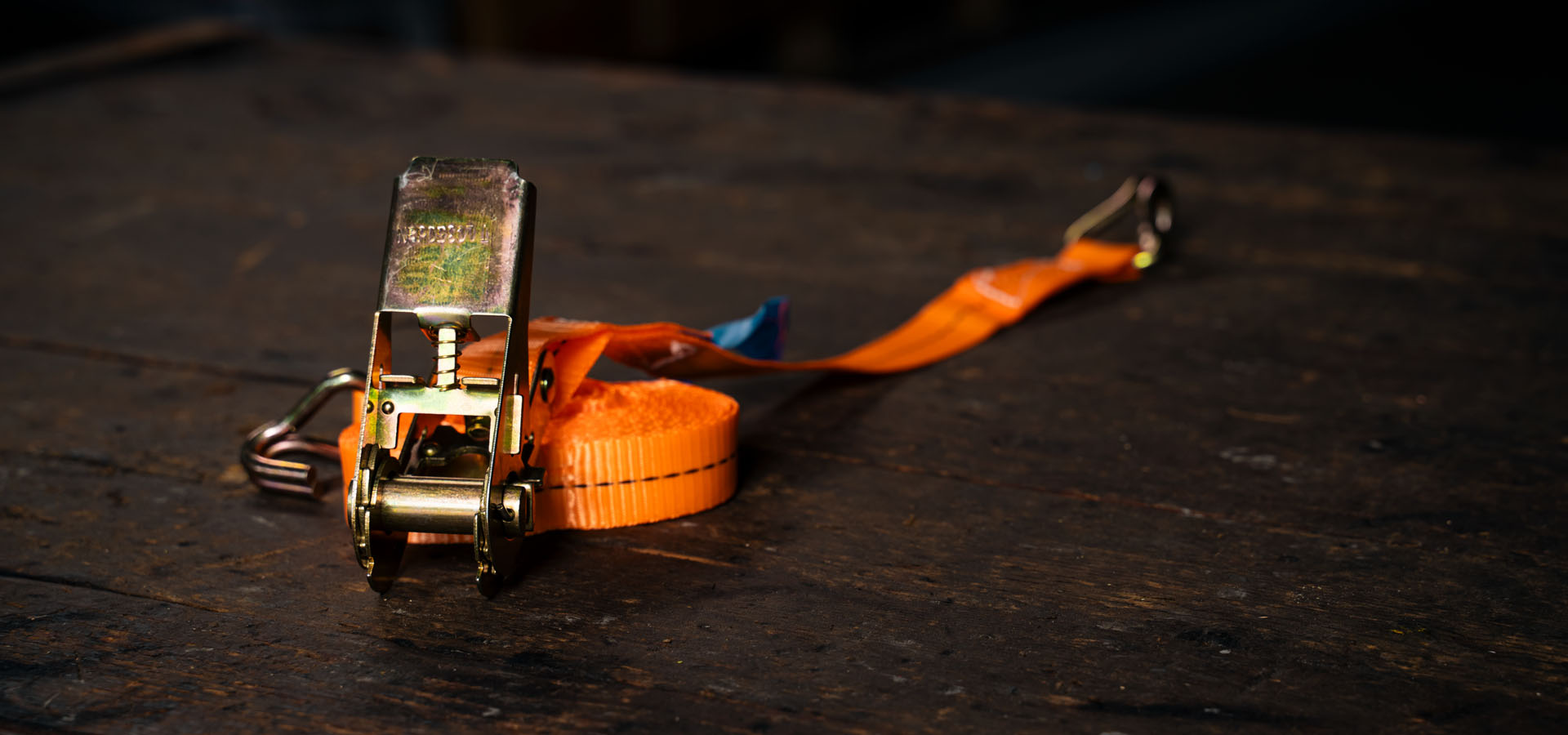Glossary of terms for hand tools from region to region – Part 2

In the first part of the hand tool glossary, we explored various types of pliers and wrenches and highlighted how colloquial and technical terms have developed over time. This time, we focus on a somewhat different group of tools: measuring devices and fastening equipment, which are frequently used in construction, crafts, and transportation. Although they may seem simple at first glance, these items also have an interesting history, linguistic roots borrowed from other languages, and many improvements that emerged from everyday needs and industrial progress.
Spirit Level or Bubble Level
Among the most indispensable tools in construction is the a measuring instrument that uses liquid and an air bubble to show whether a surface is horizontal or vertical. Its origins can be traced back to the 17th century, when French scientist Melchisédech Thévenot, around 1660, developed the first device with a built-in glass tube filled with alcohol and an air bubble. This invention quickly found its place in construction and carpentry, as it allowed for much greater accuracy than the previously used methods with strings and weights.
Initially, spirit levels were simply mounted into wooden frames, but later manufacturers began to develop more durable constructions. Especially in Germany, the tool became known as Wasserwaage – “water scale” – a term that in Slovenian survives colloquially as vaservaga. In standard usage, Slovenians use libela, though the descriptive vodna tehtnica (“water level”) is also common. In English, the most established term is spirit level or bubble level; in French, niveau à bulle; and in Italian, livella.
With industrial progress, manufacturers improved both the materials and the production techniques. Glass was often replaced by acrylics, which are more resistant to shocks and temperature changes, and the liquid inside the vials received antifreeze additives. The German company Stabila, for example, patented a method of permanently fixing vials into an aluminum profile, ensuring that the spirit level maintains its precision even after numerous drops and heavy use. Today, spirit levels are indispensable in construction, carpentry, tile installation, and practically everywhere precise leveling is required.
Tie-down strap or load-securing strap
Another common group of terms refers to tools well known from transportation – load-securing straps. In Slovenian, the term gurtna is often used, derived from the German word Gurt (belt, strap). In more technical texts, the term povezovalni trak (“connecting strap”) appears.
Although ropes and belts for securing cargo have been used for centuries, only with the development of synthetic fibers such as nylon and polyester did straps emerge that are thin yet extremely strong. These materials made it possible for tie-down straps to withstand high loads while being resistant to moisture, UV light, and abrasion. In English, they are called tie-down straps or cargo straps; in German, Spanngurte. In everyday Slovenian speech, however, most people will simply call the bright orange or blue strap a gurtna.
Ratchet strap or Tie-down strap with ratchet
A special version of tie-down straps includes a ratchet mechanism that allows for strong tensioning of the strap. It consists of a handle and a gear that locks in one direction, enabling the strap to tighten progressively without slipping back. In Slovenian, this is called povezovalni trak z ragljo, or more commonly gurtna z ragljo.
The idea of using geared mechanisms for securing cargo appeared in the first half of the 20th century, when road and rail freight transport grew rapidly. Patent records from the 1990s show numerous improvements to tensioning systems, including mechanisms for quicker release and ergonomically designed handles. In English, the established term is ratchet strap or tie-down strap with ratchet; in German, Spanngurt mit Ratsche.
Modern ratchet straps are made from highly durable materials and certified under strict European and American safety standards for cargo transport. Key features include tensile strength, stitching quality, and gear reliability, as they are used to secure loads that often weigh several tons. Technical improvements such as corrosion protection and quick-release systems have proven essential for everyday use.
Although spirit levels and tie-down straps may seem like simple tools, each has a rich history and a clear developmental path. The spirit level, first introduced by a French scholar in the 17th century, has evolved into a precision instrument made from advanced materials and protected by patents ensuring long-term reliability. The gurtna, which originated from simple cargo belts, became highly durable through the development of synthetic fibers and, when combined with a ratchet, is now indispensable in modern transport.
Slovenian terms – libela, vaservaga, gurtna, raglja – clearly reflect the cultural and linguistic influences of the environment in which the tools were used. At the same time, they link our local tradition with international terminology, which is inevitable given the global use of such tools. In this blending of standardized and colloquial expressions, we can see the vitality of the language and its close connection to everyday work.